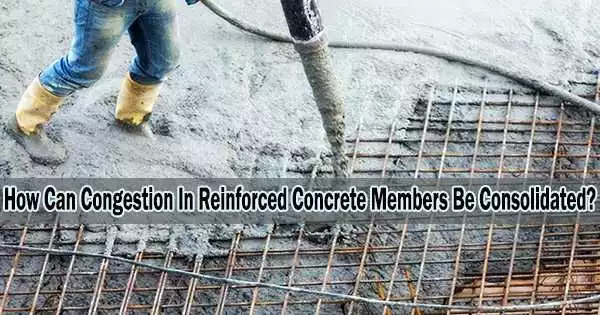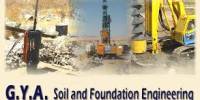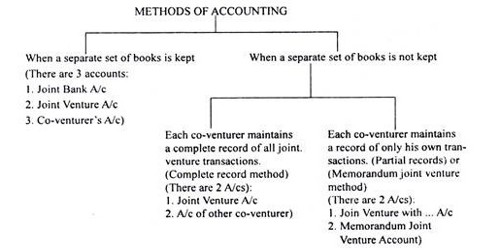Use suitable concrete pouring and compaction techniques when consolidating new concrete in concrete members with congestion. Otherwise, issues like honeycomb and poor concrete cover, in addition to costly and time-consuming repair work, cause the concrete element to suffer from strength deficiencies and durability loss.
Congestion in concrete members is a result of boxouts, embedded conduits and pipelines, and seismic and structural design specifications.
To ensure appropriate compaction in crowded areas and produce structurally sound and visually beautiful concrete, contractors must exercise great caution and attention when choosing concrete pouring and consolidation processes. High flowable concrete must also be taken into account, as is placing the concrete in its final location.
In addition, thorough planning and controlling on the part of contractors is required for adequate concrete consolidation in crowded locations, as well as good detailing on the part of the designer.
What are the Causes of Congestion in Concrete Members?
Congestion of Reinforcement
Seismic and structural requirements lead to steel congestions in reinforced concrete elements. Steel congestion occurs in areas where additional reinforcement is needed.
Examples include the areas around formed openings, particularly in thin wall sections, columns crossing other concrete elements, beam/beam junctions, deep beams, mat foundations, post-tensioned members, and bridge deck slabs.
The top and bottom of columns have numerous ties placed on them as a result of structural and seismic design requirements. The coarse aggregate would be constrained by closely spaced steel bars, thus concrete covers are composed of cement and sand grout.
Consequently, concrete cover would be prone to drying shrinkage followed by surface cracking and crazing and, ultimately, loss of durability.
Electrical Conduit, Pipe Sleeves, and Other Embedded Objects
Concrete consolidation and proper placement can be hampered by electrical conduits, pipe sleeves, and other intricate structural embedment. The use of various conduits with a diameter ranging from 25 mm to 150 mm in certain locations for cable trays is typically specified by electrical designers.
Boxouts
Due to the constrained concrete flow under formed boxouts and close formed openings, slabs and walls are prone to congestion. The inclusion of access apertures within the boxouts or the provision of a construction joint can help ensure proper placement and concrete placement.
Consolidation Techniques for Congested Areas
Proper concrete compaction can be achieved by giving special attention to construction practices in three specific areas:
Concrete Placement and Consolidation Techniques
For concrete to be compacted well in crowded places, it must be placed as close to its final location as possible. For crane and bucket operations, site engineers or concreteing supervisors should employ hoppers and trunks.
However, it is advised to attach a wire-reinforced rubber hose to the boom pipe when using pumps to lay concrete in order to pour the material near to its final location.
Use of a lie-flat hose is indicated when there is too much congestion caused by too close of a spacing between steel bars. This kind of pipe can pour concrete into the desired location while passing between closely spaced steel bars. When new concrete rises in the forms, it is possible to cut the hose so that it may be removed quickly.
To enable correct concrete compaction in crowded wall elements, add apertures to one side of the wall. 0.6 m × 0.6 m grids can be used to position the ports. The ports are closed when concrete reaches the first lower row of ports, and vibrators are then transferred to the next top row of ports.
In crowded areas, a transparent plastic plate can be used as the form face to provide for more visual access. This would make it possible for the team placing the concrete to see any issues that arise and respond appropriately.
Utilizing internal vibration through obstruction-free vertical runs is another tactic that can be employed to achieve proper compaction in the crowded area. The vertical runs with at least a cross-section of 10 cm x 15 cm can be installed through which internal vibrations can be produced into concrete in congested areas.
The maximum spacing between vertical runs is 61 cm. The engineer should choose appropriate construction features and a strategy to provide enough compaction if vertical runs cannot be fitted without endangering structural integrity.
Use of Chemical Admixtures
Chemical admixtures, such as high-range water-reducing admixtures, can be added to concrete to make it more workable and, as a result, enhance concrete compaction in crowded locations.
Chemical admixtures can improve the flow ability of concrete without changing the proportion of water to cement. It is important to understand that chemical admixtures cannot take the place of good vibration compaction.
Use of Modified Mixtures
When it is uncertain if the proportional mixture will flow to the form face, modified mixes are taken into account for crowded concrete elements. Reduced maximum nominal aggregate size is present in the modified mixture to provide good flow ability of the concrete.
















